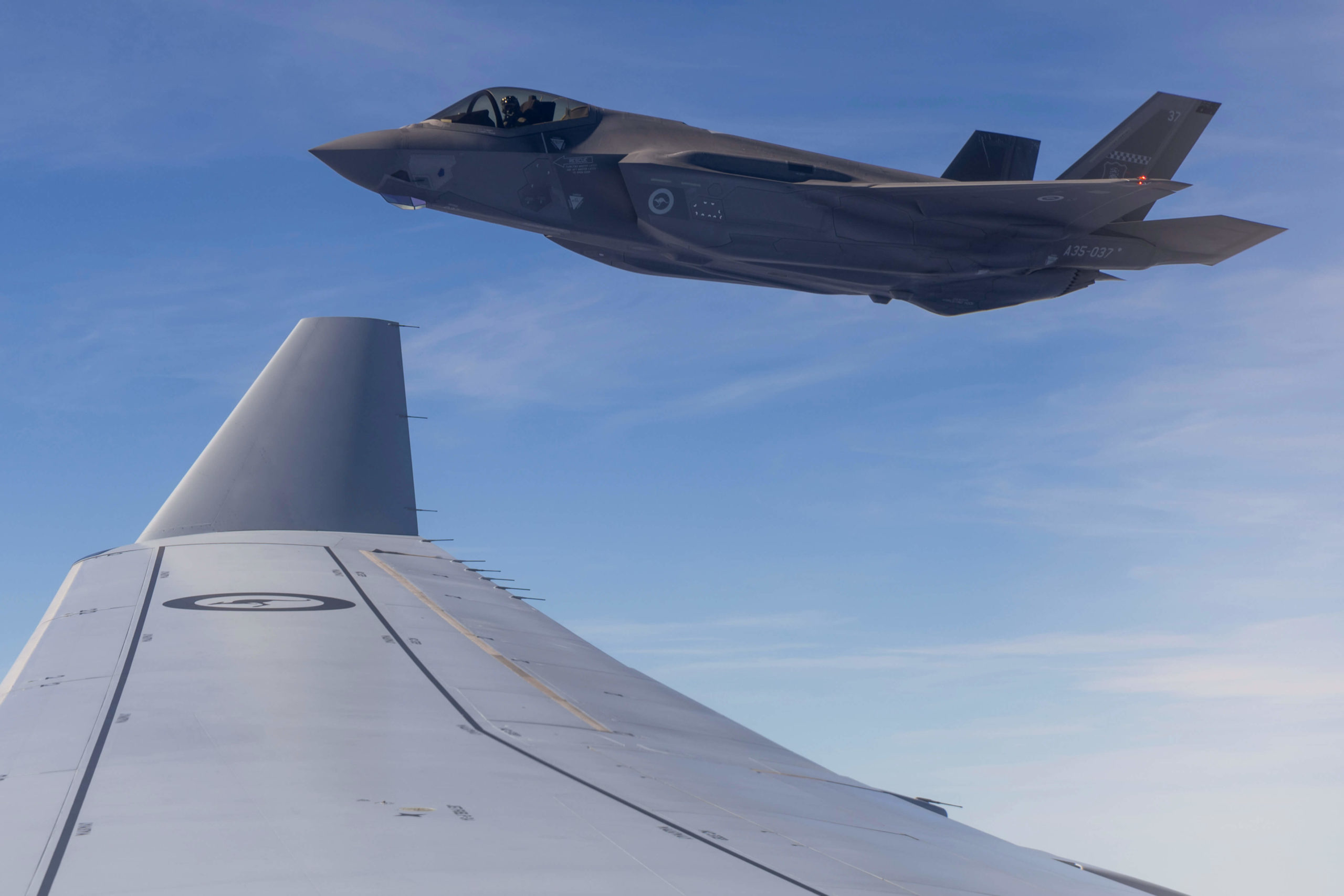Enhancing the Ready Force: A Key Imperative for Australia in the Evolving Strategic Environment
The Sir Richard Willliams Seminar held in Canberra on May 22, 2025, highlighted the challenges facing the ramping up of the ready force in operating in the rapidly evolving strategic environment.
After the seminar, I discussed with Air Marshal (Retired) Geoff Brown his takeaways from the day’s seminar regarding key themes raised during the seminar by the speakers from the Australian Defence Force and by the various speakers and panelists who spoke at the seminar.
In many ways, what was addressed during the day was how to deal with what the question raised by the Chairman of the Sir Richard Williams Foundation, Air Chief Marshal (Retired) Blinkin in his opening remarks: “An affordable force may not actually be an effective force,”
What then is an effective force for the evolving strategic situation?
How to augment the fight tonight force and to find ways for an affordable path for a sustainable and effective ready force?
In other words, a central challenge facing Australian defense planning is the gap between the “fight tonight” force and the promised “future force.”
Current strategic circumstances demand a fundamental shift in thinking from building capabilities for future conflicts to maximizing the effectiveness of existing platforms and systems.
Australia faces a critical challenge common to smaller defense forces: modernization requirements that temporarily reduce operational capability. For example, upgrading F-35s to Block 4 standard, while essential for meeting current threats, requires taking 8-10 aircraft offline from a fleet of only 72 – nearly an entire squadron’s worth of capability.
This paradox underscores the need for larger fleet sizes to maintain operational capability during transition periods but also highlights why strengthening existing capabilities must take priority over wholesale platform replacement.
Autonomous systems represent a significant opportunity, but only if approached correctly. Rather than treating drones and unmanned systems as standalone platforms, they should be viewed as tools – similar to missiles – that enhance existing capabilities.
Brown cautions that Australia’s historical reliance on U.S. weapons stockpiles has become a critical vulnerability. The assumption that American arsenals would be available in crisis has proven false, as U.S. stockpiles have been depleted by ongoing global commitments and aid to Ukraine.
This reality demands urgent investment in domestic weapons production and regional partnerships. South Korea’s combat vehicle manufacturing in Australia provides a model – building more capacity than Australia alone requires while serving regional allies’ needs.
Creating a truly ready force requires addressing unglamorous but essential capabilities: increased crew ratios, enhanced maintenance capacity and robust logistics support. These investments lack the political appeal of major platform acquisitions but form the foundation of sustainable military capability.
The discussion reveals a fundamental tension in Australian defense planning: the gap between political narratives about future capabilities and military realities about current threats.
If conflict occurs within five years – a possibility that cannot be dismissed given current strategic trends – Australia must fight with existing capabilities enhanced through focused modernization and realistic operational planning.
This doesn’t mean abandoning long-term capability development but rather ensuring that the transition period between current and future forces remains strategically viable.
The “fight tonight” force cannot simply hold ground until future capabilities arrive – it must be capable of decisive action.
Air Marshal (Retired) Brown argued that Australia needs a defense strategy grounded in strategic realism which means:
- Maximizing existing platform capabilities through focused upgrades and training.
- Developing autonomous systems as force multipliers rather than replacements.
- Building sustainable logistics and maintenance capacity.
- Creating domestic and regional weapons production capabilities.
- Treating the current force as operationally decisive, not merely transitional.
The strategic environment has fundamentally changed, and Australia’s defense planning must change with it. The luxury of long development timelines and gradual capability transitions no longer exists.
For Brown: “Success will depend on how effectively Australia can enhance its ready force while building toward future capabilities – because in the current strategic environment, ready forces matter more than future promises.”
Credit Featured Image: A Royal Australian Air Force F-35A Lightning II aircraft flies alongside a KC-30A multi-role tanker transport after air-to-air refueling during Exercise Cope North 25, Guam. February 10, 2025. Credit: ADF

